CRACKED DIAMOND OR FEATHER?
CAN YOU TELL THE DIFFERENCE BETWEEN A CRACK AND A FEATHER?
This post contains affiliate links. If you use these links to buy something I may earn a commission. Thanks! As an Amazon Associate I also earn from qualifying purchases.
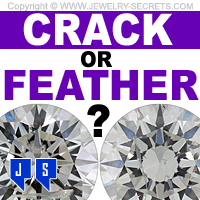
Let’s take a closer look at Diamonds.
Ten times closer, 10x magnification to be exact! (Like if you were viewing them with a Jeweler’s Loupe or a Microscope)
What are we looking at?
Flaws inside a Diamond! Big Flaws!
I’m going to show you Ten Diamonds, half of them have Cracks in them, and the other half have Internal Inclusions called Feathers, Needles or Twinning Wisps.
Can you tell a Crack from a Flaw? I should stop for a minute and clarify that “Cracks” are also considered Flaws, but for this purpose, we’ll see if you can determine a Cracked Diamond against one that isn’t.
Can you tell which is which?

Cracked or Not?
Look at the ten stones below. Jot down the image numbers of the Diamonds that you believe are Cracked (Broken, Fractured, Chipped).
Here we go…
Okay…
Now that you’ve seen these stones close up (what they would look like if you viewed them under a microscope (thanks to James Allen), let’s see how you did.
The Diamonds with Cracks are: 1, 3, 5, 7, 9.
Tricky right?
Go back and look at the stones again. Every other one is Cracked.
Look… I’ll wait!
Do you see why those 5 particular stones would be considered Cracked while the others aren’t?
No? Maybe?
It’s not easy!
And… I’ve not been completely honest with you! :)
You see… ALL of the Diamonds shown above have Feathers, Needles or Twinning Wisps…
NONE of them are Cracked, Fractured, Chipped or Broken!!!
NONE!
What?
Not even this one…
This surprises many folks. They bring their stone into the store and SWEAR that their Diamond is Cracked or Broken. It’s not (in 99% of them)! It’s just an internal flaw, like a scar, a feather in the stone that blocks light, reflects it (which is why they appear white), and makes the stone look Fractured!
People really do believe that their stone is Broken. Nope! They just happened to scrutinize it better and happened to now see the Flaw.
It happens quite often. Feathers, Needles and Wisps like these tend to stand out more when the Diamond is dirty also. So after a week or two of owning a brand new ring, suddenly they see Flaws that weren’t there. The Inclusions are more noticeable when the Diamond loses it’s sparkle.
People see these Feathers and Flaws in the stone and jump at the Jeweler saying “You sold me a Cracked Diamond!” But they didn’t. That’s just the quality of stone you purchased… Which is generally an I1, I2 or I3 Clarity Diamond (eye-visible Inclusions), as seen in the image below…
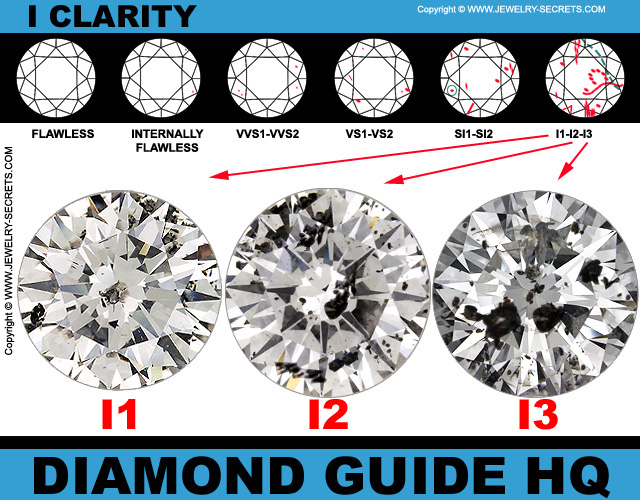
View the Diamond Plot
You can look at the Diamond Report (if you bought a Certified Stone like GIA – Please DO!), and view the Diamond Plot to see what Flaws are inside and outside of the stone. Like so…
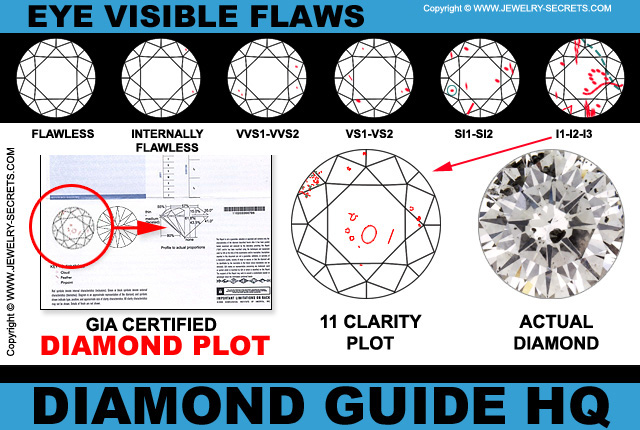
These Inclusions and Flaws have always been there. They were there when the Diamond was created Billions of years ago, and they will remain exactly like they are for another Billion! (unless you crush your stone)
GIA Key To Symbols
When you look at the marks on the Diagram, check out the Key to Symbols underneath…
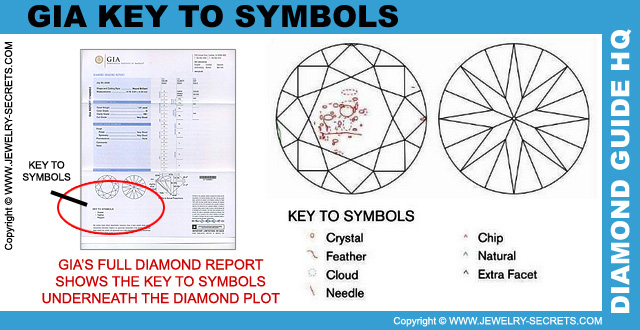
The Key clearly says what all those lines and dots and flaws mean.
The technical term is “Feather” for these lines that look like Cracks. But sometimes “Needles” and “Twinning Wisps” will also look like a Crack as seen in a few of the Diamonds above.
They are just a common occurrence in Diamonds and it’s just a natural birthmark that helps to identify that stone.
They aren’t Broken!
Cleaning your stone will help hide these Flaws better.
Often the way a Diamond is set in a mounting can also mask or hide the Flaws better as well.
Feathers, Needles and Wisps are normal and very interesting to look at. If you look at enough of them, you’ll see they come in all different shapes and sizes.
Just like Moles and Freckles on people.
It’s nature’s fingerprint, and every single one is unique.
It helps you look at your stone and say “Yep, that’s my Diamond!“
That’s all! Neither Bad nor Good, they just are.
And they certainly aren’t Cracked! :)


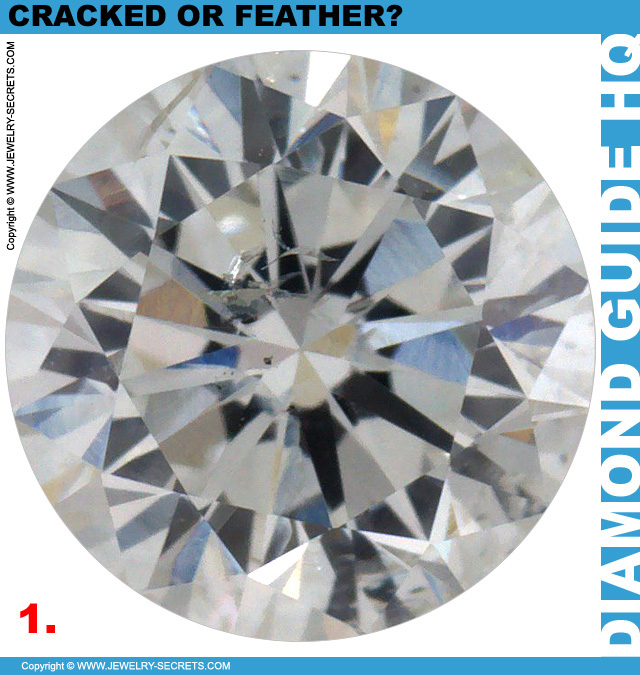
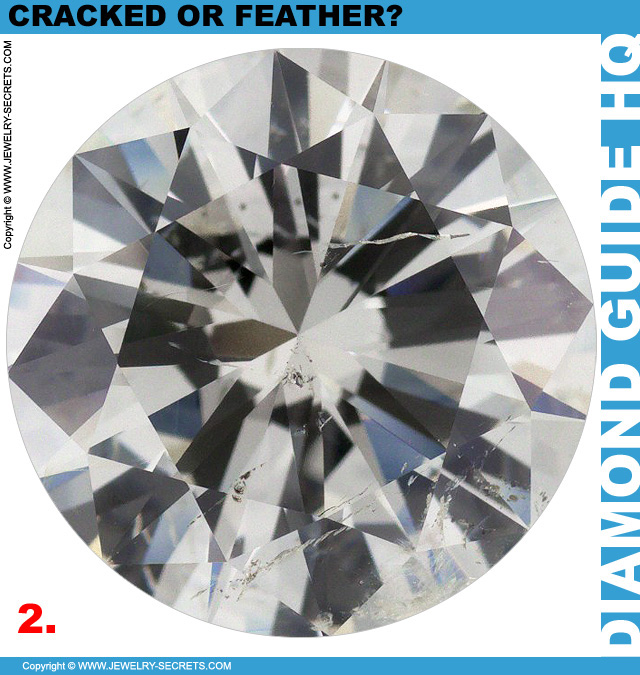
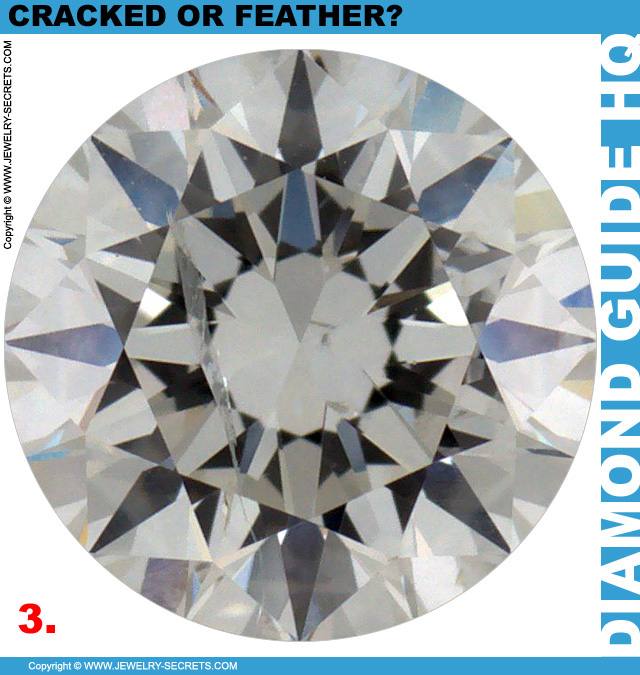
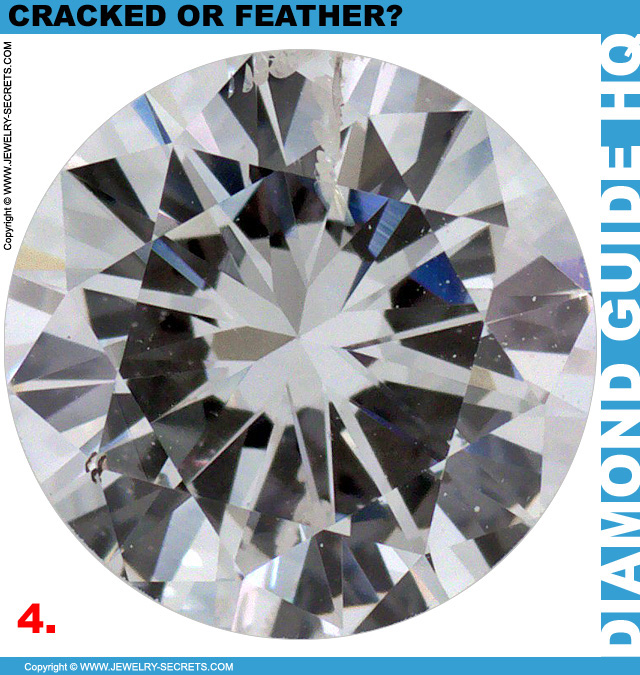
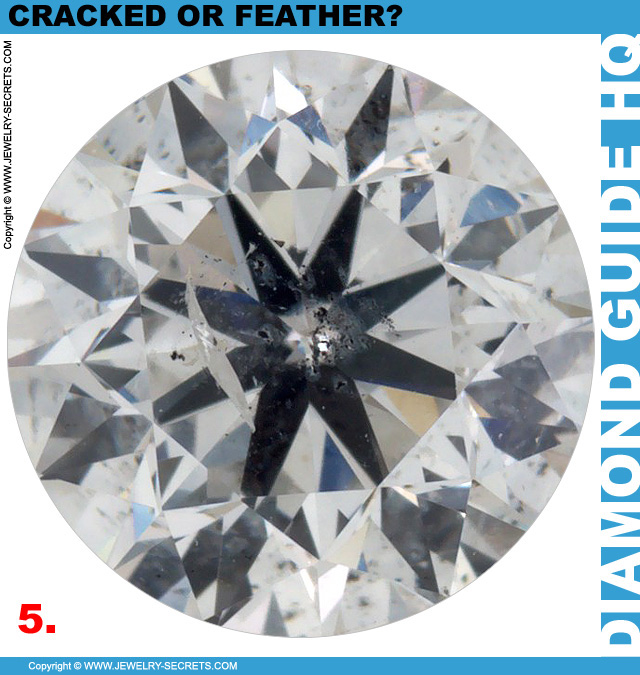
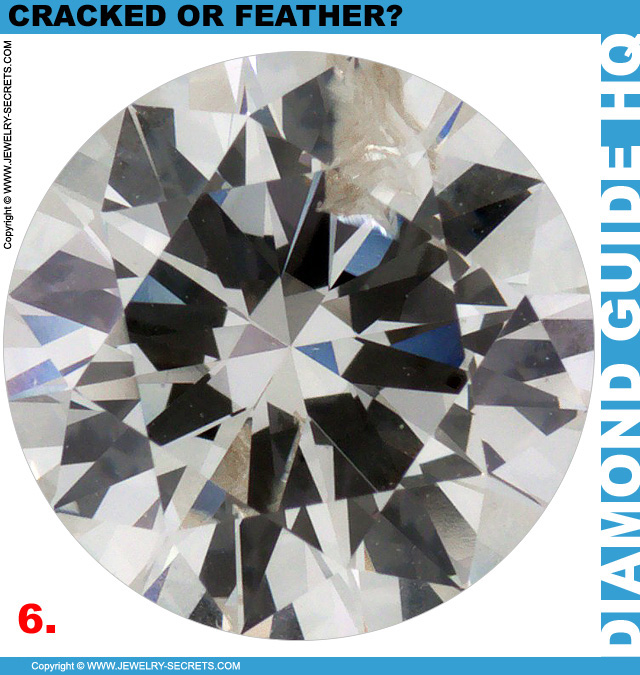
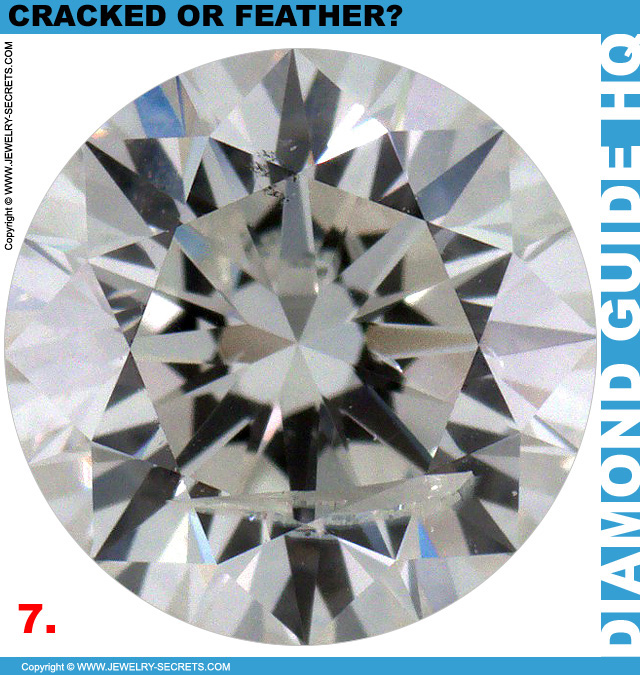
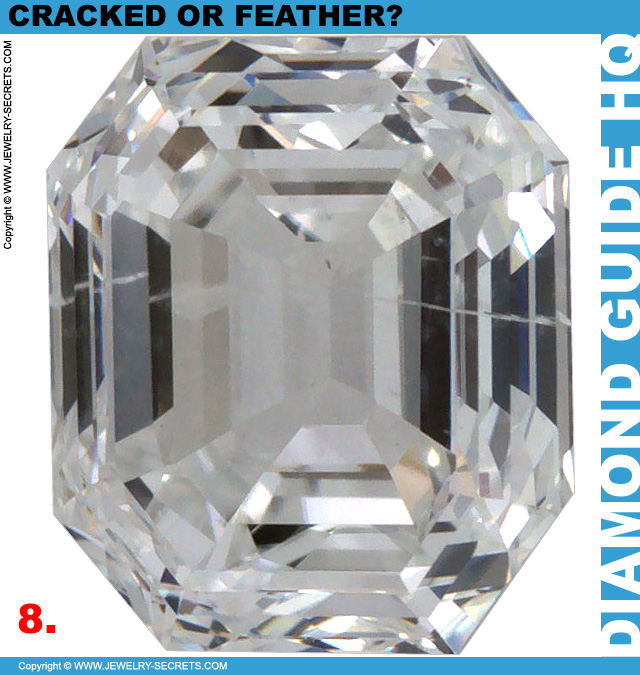
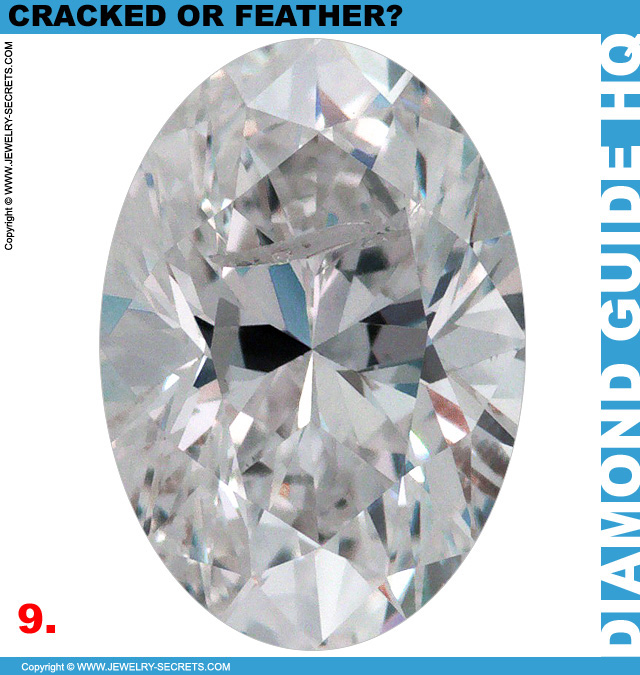
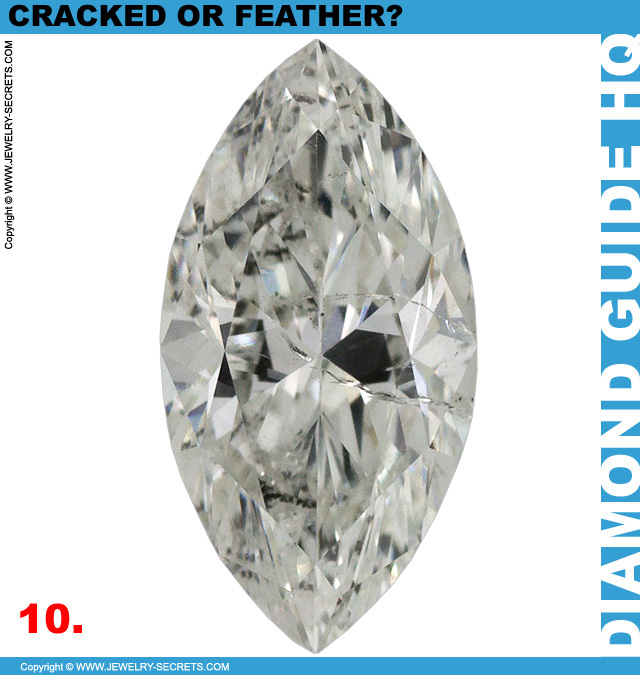
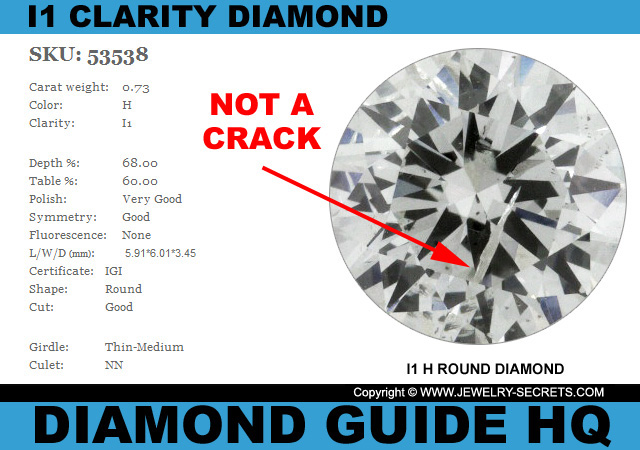
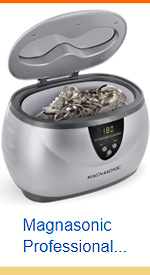
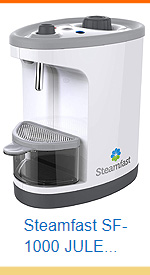
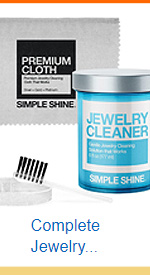
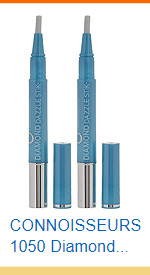
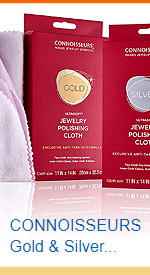
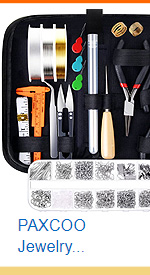
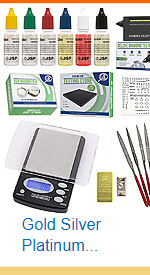
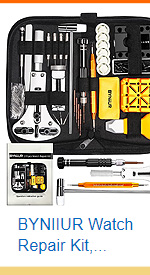
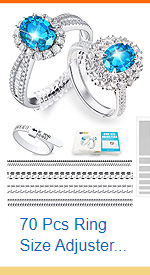
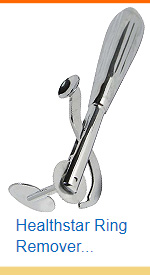
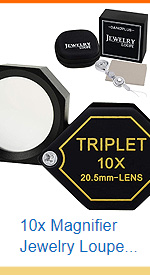
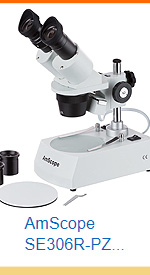




Leave a comment